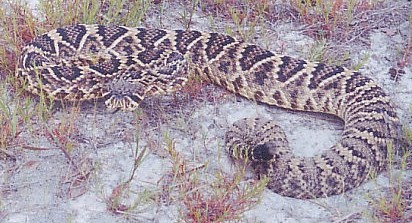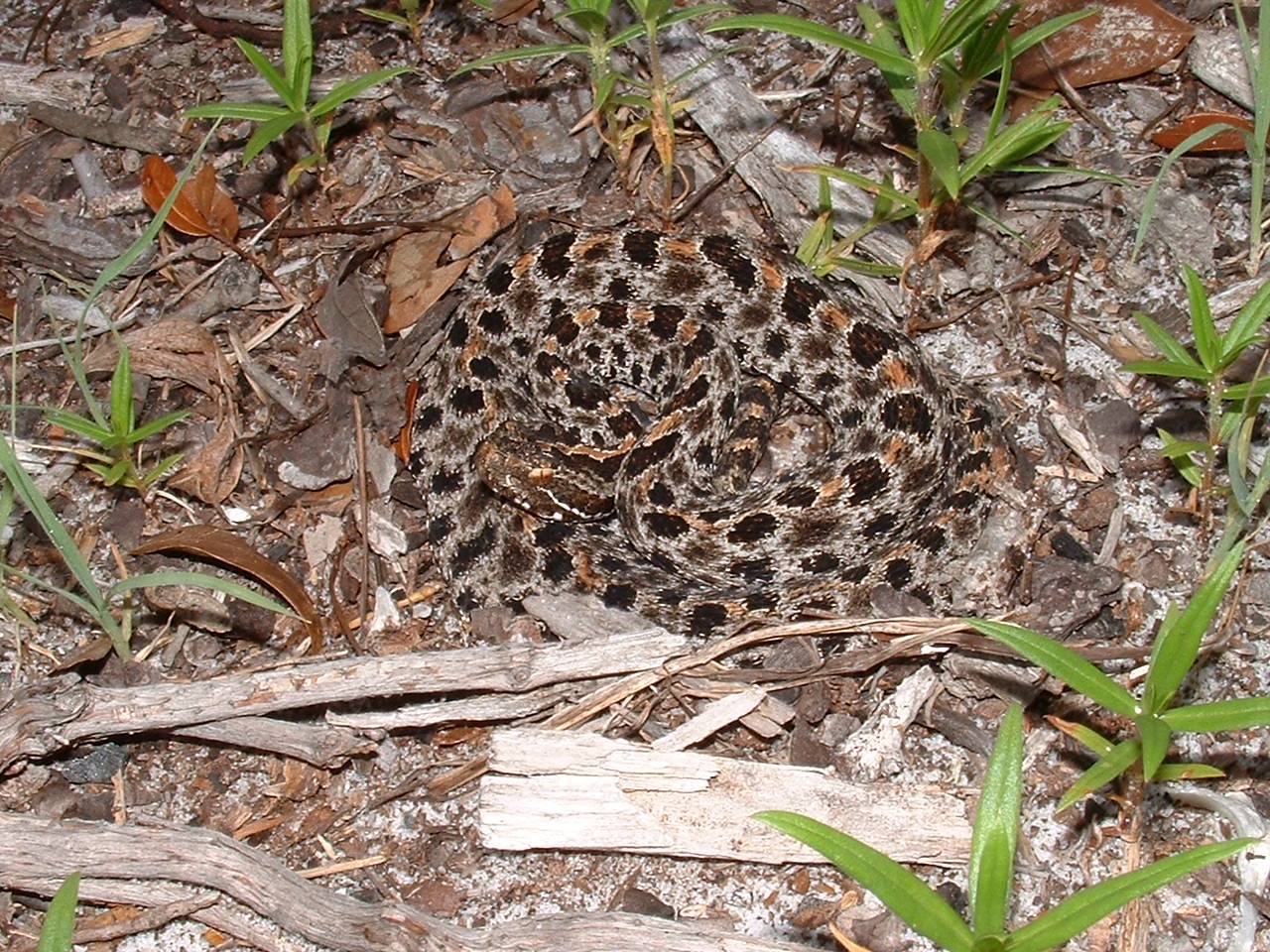|
This nature center will cover the remarkable biodiversity and
unique natural history of northwest Florida,
and the northern Gulf Coast. Endemic, unusual, important and rare & endangered species will also be
emphasized. This center will also stress ways for people to coexist and preserve the unique array
of plants, animals and habitats of the northern Gulf Coast, with responsible growth and development. One of the primary goals of
this nature center will be to highlight often misunderstood and persecuted species within nature, such as snakes and bats. These
misunderstood animals play a vital role in ecosystems and benefit humans in numerous ways.
This will not be a typical nature center! Exhibit
emphasis will be placed on the unique animals, plants, ecosystems and geology of northwest Florida and the northern
Gulf Coast. Boardwalks will be built throughout wetlands, with exhibits scattered
throughout the park. Wildlife and natural history lectures and demonstrations will be presented (i.e.,
alligator, venomous snake, amphibians and reptile, bats, etc). An environmental education program could be established with various counties and other regional county,
private and Christian school systems in northwest Florida, southeast Alabama and southwest Georgia. Various summer environmental education camps will be established, and an internship programs will be developed with local
and regional County schools, private schools and colleges. This
Center will only be possible with significant funding or a donation and a lot of hard work and commitment!

(Above) Eastern Diamondback
Rattlesnake
(Crotalus adamanteus).
Jackson Co., FL.
The Eastern Diamondback
rattlesnake
is the largest venomous
snake in
the U.S. The range and
abundance
of the EDB has greatly
declined
due to habitat loss &
development,
persecution by
humans and
rattlesnake roundups
within the Southeast.
Nature Center Exhibits:
A) Biodiversity of northwest Florida and the northern Gulf Coast.
B) Amphibians and Reptiles.
C) Bats.
D) Carnivorous plants.
E) Dragonflies and Damselflies.
F) Scorpions, crayfish, spiders and other unique invertebrates.
G) Springs and wetland ecosystems.
H) Upland and Sandhill ecosystems, gopher tortoises
and burrow commensals (other species that utilize tortoise burrows).
I) Coastal ecosystems and Gulf of Mexico beaches and dunes.
J) Unique and specialized ecosystems (Caves, Glades, Steepheads, Seepage
Slopes and Bogs).
K) Exotic (non-native) animals and plants.
=============================================================
Photographs of animals and plants on this page and website are examples
of just some of the unique species that will be found at the nature center!

(Above) A Dusky Pygmy Rattlesnake (Sistrurus milarius
barbouri). Despite their smaller size, they can be quite fiesty little rattlesnakes! Ecsambia Co., FL.
|



